

Articles
How To Protect Dining Room Table
Modified: August 28, 2024
Learn effective tips and tricks for protecting your dining room table with our informative articles. Ensure your table's longevity and maintain its beauty.
(Many of the links in this article redirect to a specific reviewed product. Your purchase of these products through affiliate links helps to generate commission for Storables.com, at no extra cost. Learn more)
Introduction
Your dining room table is not just a piece of furniture – it’s a centerpiece in your home, a gathering spot for family and friends, and often an investment that you want to protect. With regular use, dining tables can be vulnerable to scratches, heat damage, moisture, and other factors that can potentially diminish their beauty and longevity. However, with the right precautions and care, you can keep your dining room table looking exquisite for years to come.
In this article, we will discuss various methods and strategies to protect your dining room table. From choosing the right finish to cleaning and maintenance tips, we will cover all the essential aspects of table protection. By implementing these guidelines, you can ensure that your dining table remains a stunning focal point in your home, ready to withstand the rigors of daily life.
Key Takeaways:
- Protect your dining room table by choosing the right finish, using tablecloths and placemats, and practicing regular cleaning and maintenance. Avoid direct sunlight and sharp objects to maintain its beauty and longevity.
- Safeguard your dining table from heat, moisture, spills, and scratches. Choose the appropriate finish, implement protective measures, and avoid direct sunlight and sharp objects to ensure its lasting appeal.
Read more: How To Protect A Carpet In Dining Room
Choose the Right Table Finish
One of the first steps in protecting your dining room table is choosing the right finish. The finish not only adds aesthetic appeal but also provides a protective layer that shields the surface from damage.
When selecting a table finish, consider both the style and functionality. There are various options available, such as varnish, lacquer, oil, or wax finishes. Each has its own advantages and characteristics.
Varnish finishes are known for their durability and resistance to moisture and stains. They provide a glossy or satin sheen, making them a popular choice for contemporary and traditional styles. Lacquer finishes are similar to varnish and offer a smooth and durable surface, but they tend to be more delicate and require careful handling to avoid scratches.
Oil finishes, on the other hand, penetrate deep into the wood, enhancing its natural beauty and providing a more matte appearance. Oil finishes are relatively easy to apply and maintain, making them a popular choice for those who prefer a more natural look. They do, however, require periodic reapplication to keep the wood protected.
Wax finishes provide a soft and smooth sheen while offering moderate protection against moisture and stains. They can be buffed to maintain their luster and are often used on antique or rustic style dining tables. It’s important to note that wax finishes require regular reapplication to maintain their protective properties.
Ultimately, the choice of a table finish will depend on your personal preferences, the style of your dining room, and the level of protection you desire. Consult with a knowledgeable professional or do thorough research to ensure that you select the best finish for your specific needs.
Protecting from Heat and Moisture
Heat and moisture are two common factors that can cause damage to dining room tables. Protecting your table from these elements is crucial in maintaining its appearance and longevity.
To safeguard against heat damage, always use trivets, hot pads, or coasters when placing hot dishes or utensils on the table. Direct contact between a hot object and the table surface can result in unsightly heat marks or even burn the finish. By using protection, you create a barrier that prevents heat from transferring to the table.
Moisture can also wreak havoc on your dining table, especially if it is made of wood. Prevent moisture damage by using coasters or placemats for glasses or beverages. Condensation from cold drinks can leave water rings or stains on the table surface. Clean up any spills promptly using a soft, absorbent cloth to prevent liquid from penetrating the wood.
Additionally, be mindful of the location of your dining table. Avoid placing it directly in front of windows or near sources of excessive heat or humidity, such as radiators or air conditioning vents. Drastic changes in temperature and humidity levels can cause wood to expand or contract, leading to warping or splitting.
If you live in an area with high humidity levels, consider using a dehumidifier in your dining room to regulate moisture levels and protect your table from potential damage.
By implementing these measures, you can effectively protect your dining table from the damaging effects of heat and moisture, ensuring its longevity and visual appeal for years to come.
Using Tablecloths and Placemats
Tablecloths and placemats are not only decorative additions to your dining table but also serve as an effective layer of protection. They can shield the table surface from spills, scratches, and everyday wear and tear.
When selecting tablecloths and placemats, opt for materials that are resistant to stains, easy to clean, and durable. Vinyl, laminated cotton, or coated fabrics are excellent choices as they provide a waterproof barrier against liquid spills. They are also relatively low-maintenance, requiring only a quick wipe down with a damp cloth.
If you prefer a more traditional look, consider using fabric tablecloths and placemats. Look for stain-resistant options or those treated with a protective coating to make them easier to clean. Be sure to follow the manufacturer’s care instructions to maintain their quality and longevity.
When setting the table, ensure that placemats are used for each place setting. Placemats add an extra layer of protection against scratches from plates, utensils, and glassware. They can also enhance the aesthetic appeal of your table setting, adding character and color.
Always remove and clean tablecloths and placemats promptly after meals. This practice will prevent any spills or stains from seeping into the table surface and becoming more difficult to remove. Regularly launder or clean them according to the manufacturer’s instructions to keep them fresh and in good condition.
By using tablecloths and placemats, you not only add style and visual interest to your dining table but also provide an extra layer of protection against spills, scratches, and everyday wear. They are an effective and versatile method to keep your table looking its best.
Use placemats or tablecloths to protect the surface from scratches and spills. Consider using heat-resistant pads for hot dishes and coasters for drinks to prevent heat damage and water rings. Regularly clean and polish the table to maintain its finish and protect it from wear and tear.
Cleaning and Maintenance
Regular cleaning and proper maintenance are essential to keep your dining room table in optimal condition. Here are some tips to effectively clean and maintain your table:
1. Dusting: Dust your table regularly using a soft, lint-free cloth or a microfiber duster. This helps remove surface debris and prevents it from settling into the crevices of the table.
2. Gentle Cleaning: For routine cleaning, use a mild detergent mixed with warm water and a soft cloth. Gently wipe the table surface, following the grain of the wood to avoid scratching. Avoid using harsh chemicals or abrasive cleaners, as they can damage the finish.
3. Stain Removal: For stubborn stains, create a paste by mixing baking soda with water. Apply the paste to the stained area and gently rub it in a circular motion. Let the paste sit for a few minutes before wiping it off with a clean, damp cloth. Repeat if necessary, but be cautious not to scrub too hard to avoid damaging the finish.
4. Polishing: Periodically, apply a high-quality furniture polish or wax specifically formulated for your table’s finish. Follow the manufacturer’s instructions for application and buff the table gently with a clean cloth to restore its luster.
5. Avoid Excessive Moisture: When cleaning your table, never saturate it with water or any liquid cleaner. Excess moisture can seep into the wood and cause warping or staining.
6. Regular Inspections: Take the time to inspect your table regularly for any signs of damage, such as scratches or loose joints. Address these issues promptly to prevent further deterioration.
7. Professional Maintenance: If your table requires extensive repairs or refinishing, consider consulting a professional furniture restorer or carpenter. They can assess the damage and provide expert advice on the necessary repairs.
By following these cleaning and maintenance practices, you can extend the lifespan of your dining room table and keep it looking beautiful for years to come.
Read more: How To Protect Your Dining Table
Dealing with Spills and Scratches
Spills and scratches are inevitable on a dining room table, but with the right approach, you can prevent them from causing permanent damage. Here are some tips to effectively handle spills and minimize the appearance of scratches:
1. Spills:
- Act quickly: Immediately wipe up any spills to prevent them from seeping into the table surface.
- Blot, don’t rub: Use a clean, absorbent cloth or paper towel to blot the spill. Avoid rubbing, as it can spread the liquid and potentially damage the finish.
- Use mild cleaning solutions: If needed, you can use a mild detergent diluted in water to clean the affected area. Gently dab the spill until it is removed, then wipe with a clean, damp cloth to remove any residue.
- Dry thoroughly: After cleaning, ensure the area is completely dry to prevent any moisture from penetrating the wood.
2. Scratches:
- Minor scratches: For minor scratches, you can try using products like scratch repair pens, touch-up markers, or furniture repair kits. Follow the manufacturer’s instructions carefully and test the product on a small, inconspicuous area first.
- Deep scratches: Deep scratches may require professional repair. Consult a furniture restorer or carpenter who specializes in wood repair to assess the damage and recommend appropriate solutions.
- Prevention: Prevent scratches by using felt pads or coasters under objects that may cause friction or scratching, such as vases, decorative items, or utensils.
It’s important to note that prevention is key. By implementing preventative measures, such as using placemats, coasters, and protective pads, you can minimize the risk of spills and scratches.
By promptly addressing spills and taking steps to prevent and address scratches, you can keep your dining table looking its best and maintain its overall integrity and beauty.
Avoiding Direct Sunlight and Sharp Objects
Direct sunlight and sharp objects can cause significant damage to your dining room table over time. Protecting your table from these factors is crucial in preserving its original beauty and structural integrity. Here are some tips to avoid direct sunlight and minimize the risk of damage from sharp objects:
1. Sunlight:
- Positioning: Avoid placing your dining table directly in front of windows or under skylights where it is exposed to direct sunlight. Prolonged exposure to sunlight can cause the finish to fade or discolor, and can even lead to wood warping or cracking.
- Window coverings: Use curtains, blinds, or UV-protective window films to minimize the amount of sunlight reaching your table. These coverings help diffuse the light and provide a barrier against harmful UV rays.
2. Sharp objects:
- Cutting boards and protective pads: Always use cutting boards or protective pads when using sharp objects such as knives or kitchen utensils on your dining table. This prevents the table surface from getting scratched or gouged.
- Avoid dragging objects: When moving items on your table, lift them rather than dragging them across the surface. Dragging can leave unsightly marks and scratches.
- Protective sleeves: When storing or stacking items on your table, use protective sleeves or felt pads to cushion them and prevent scratches or marks.
By being proactive and taking precautions to avoid direct sunlight and protect your table from sharp objects, you can significantly extend its lifespan and maintain its original appearance. Regularly monitor your table’s condition and make necessary adjustments to further minimize any potential damage.
Remember, prevention is always better than restoration, so incorporate these habits into your dining routine to ensure your table remains in pristine condition for years to come.
Conclusion
Your dining room table is a valuable investment that deserves proper protection to maintain its beauty and longevity. By implementing the strategies and practices outlined in this article, you can effectively safeguard your table from common threats such as heat, moisture, spills, scratches, direct sunlight, and sharp objects.
Choosing the right table finish, using tablecloths and placemats, and practicing regular cleaning and maintenance are essential steps in maintaining the quality of your dining table. Remember to promptly clean up spills, handle scratches with care, and avoid dragging sharp objects across the surface.
Avoiding direct sunlight and using window coverings help protect your table from sun damage, while utilizing protective pads or cutting boards and lifting objects instead of dragging them helps prevent scratches from sharp utensils and items.
By following these guidelines, you can ensure that your dining table remains a focal point of your home, always ready to host memorable meals and gatherings for years to come.
Remember, prevention is key. By incorporating these tips and habits into your daily routine, you will prolong the life and beauty of your dining room table, allowing you to enjoy it for generations to come.
Frequently Asked Questions about How To Protect Dining Room Table
Was this page helpful?
At Storables.com, we guarantee accurate and reliable information. Our content, validated by Expert Board Contributors, is crafted following stringent Editorial Policies. We're committed to providing you with well-researched, expert-backed insights for all your informational needs.
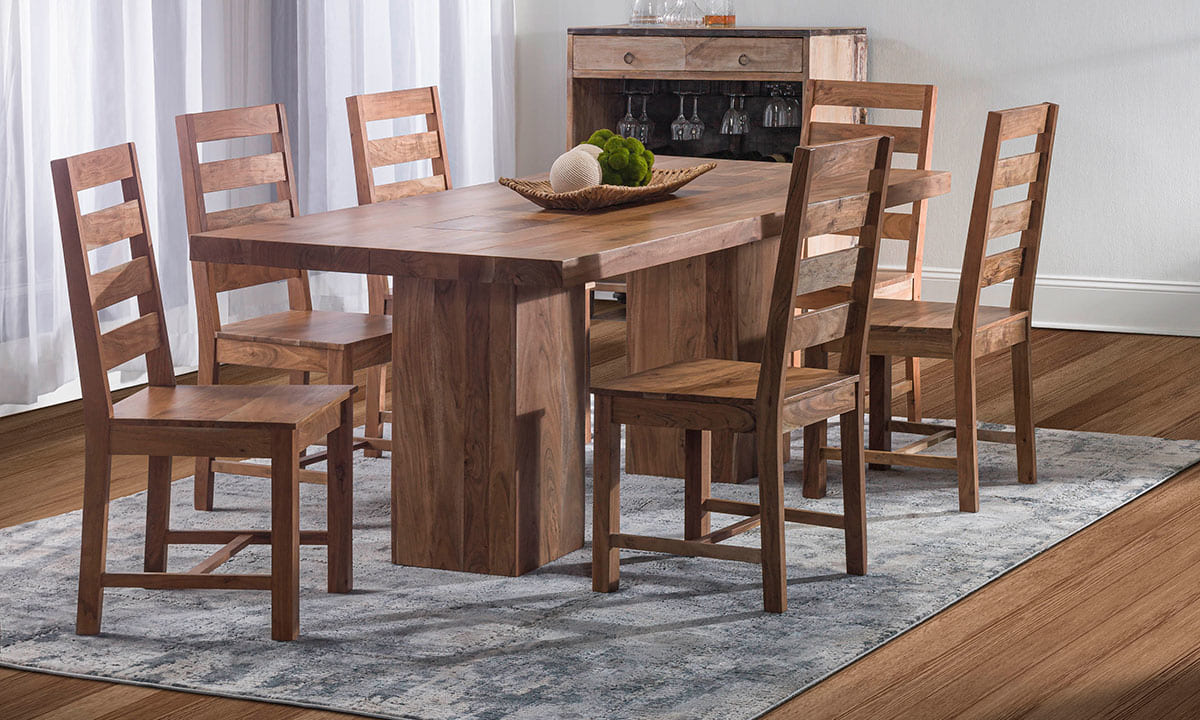

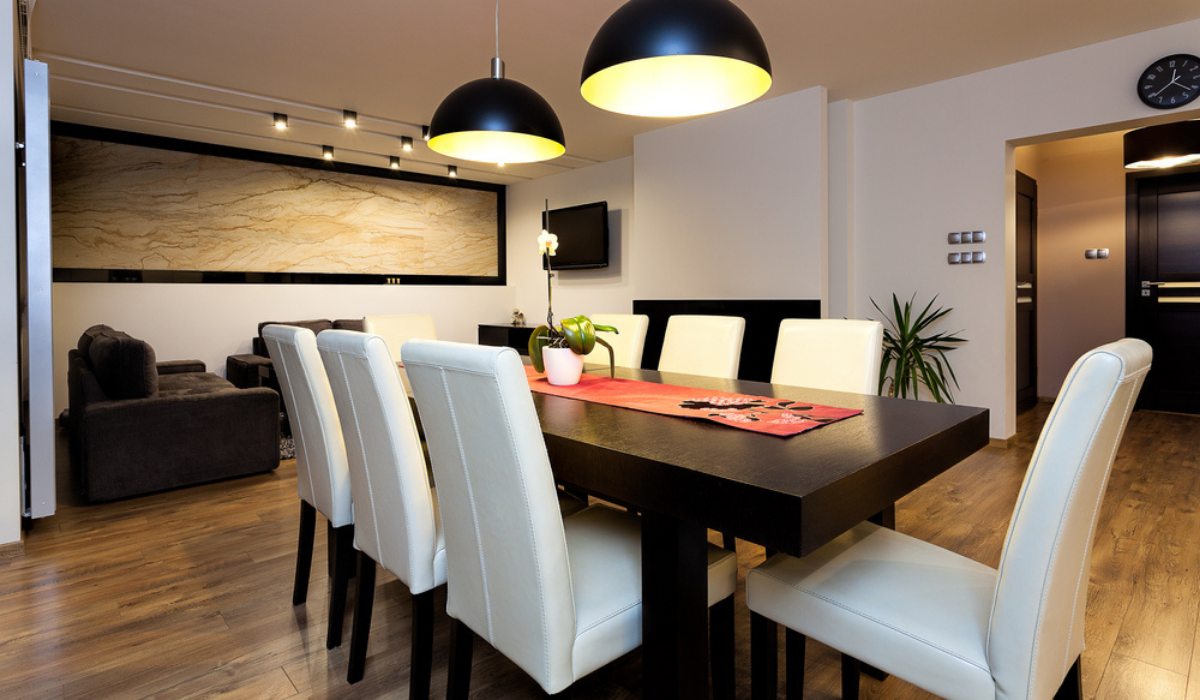
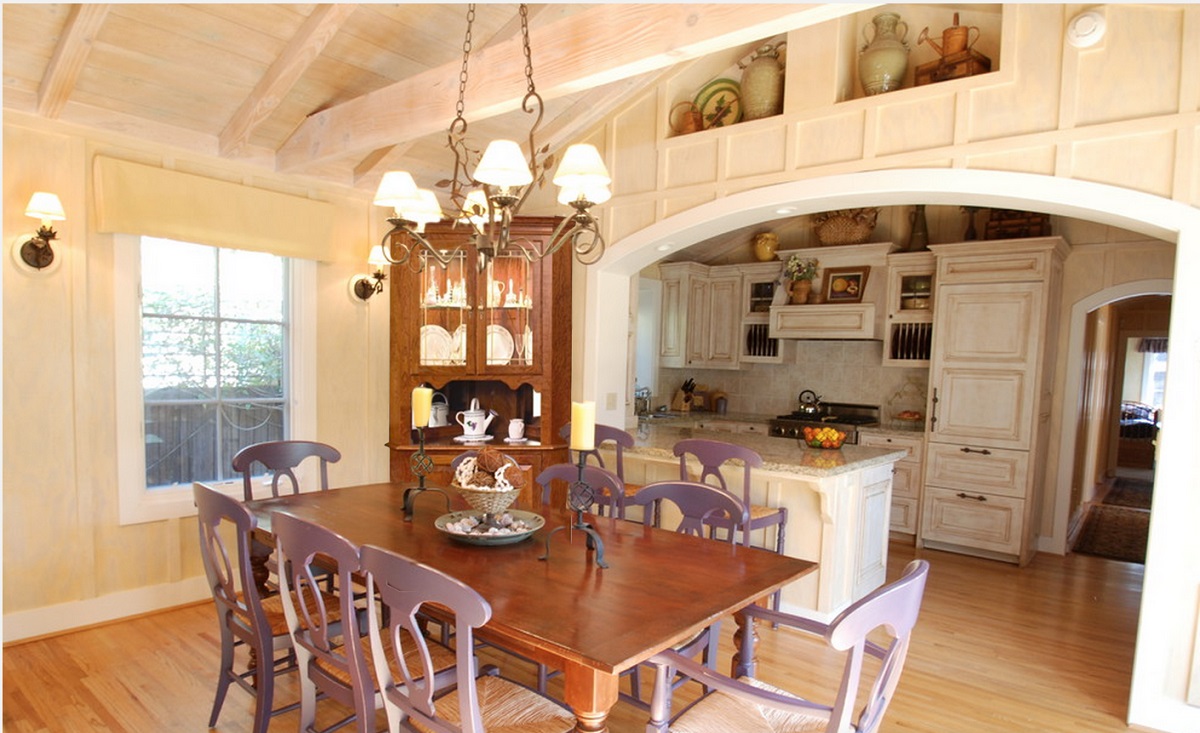
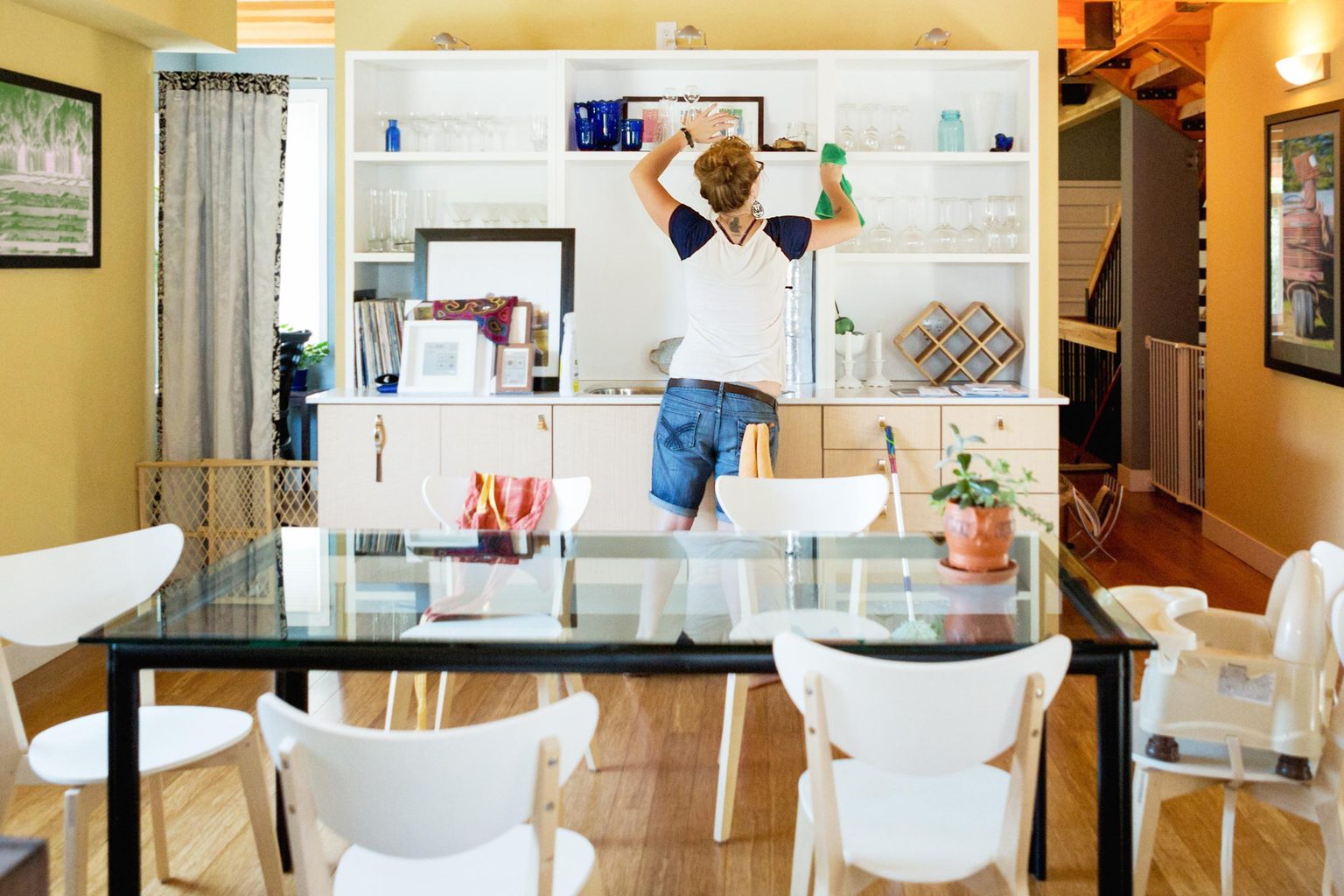
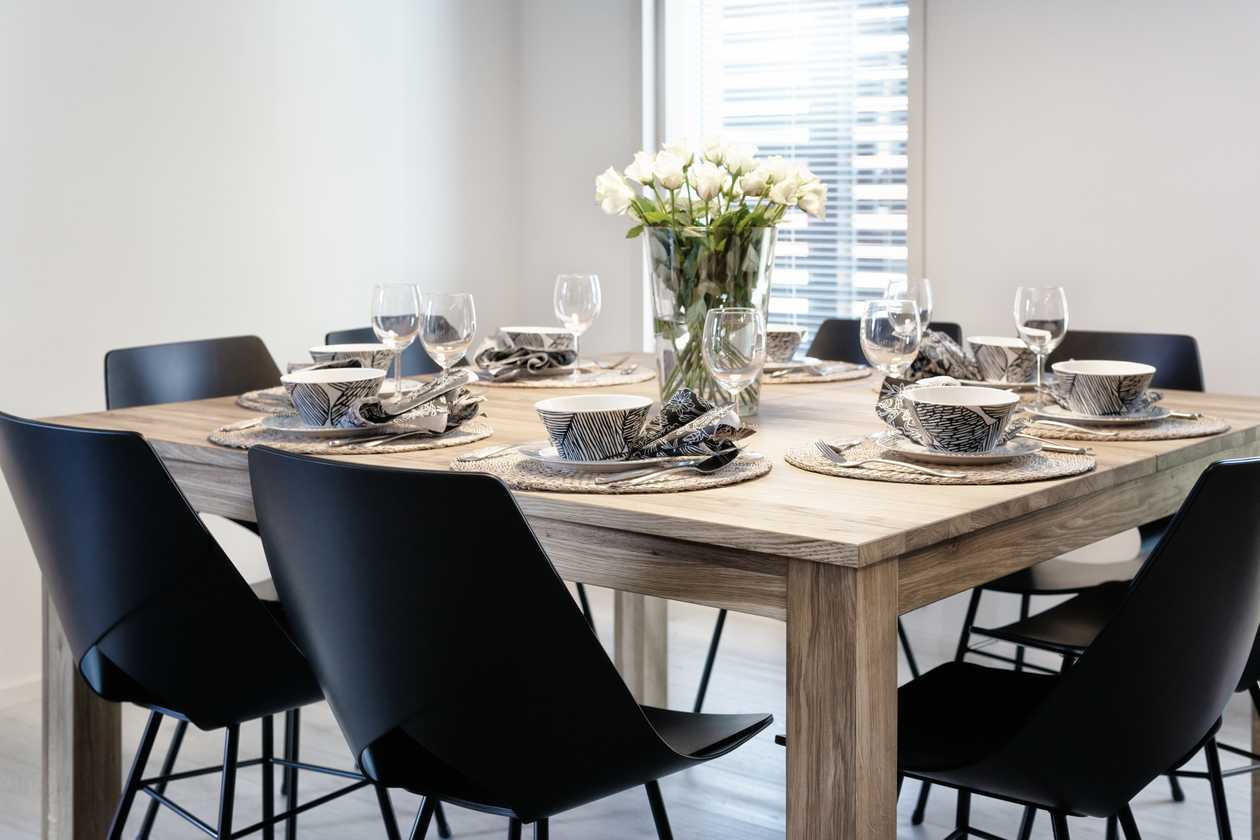
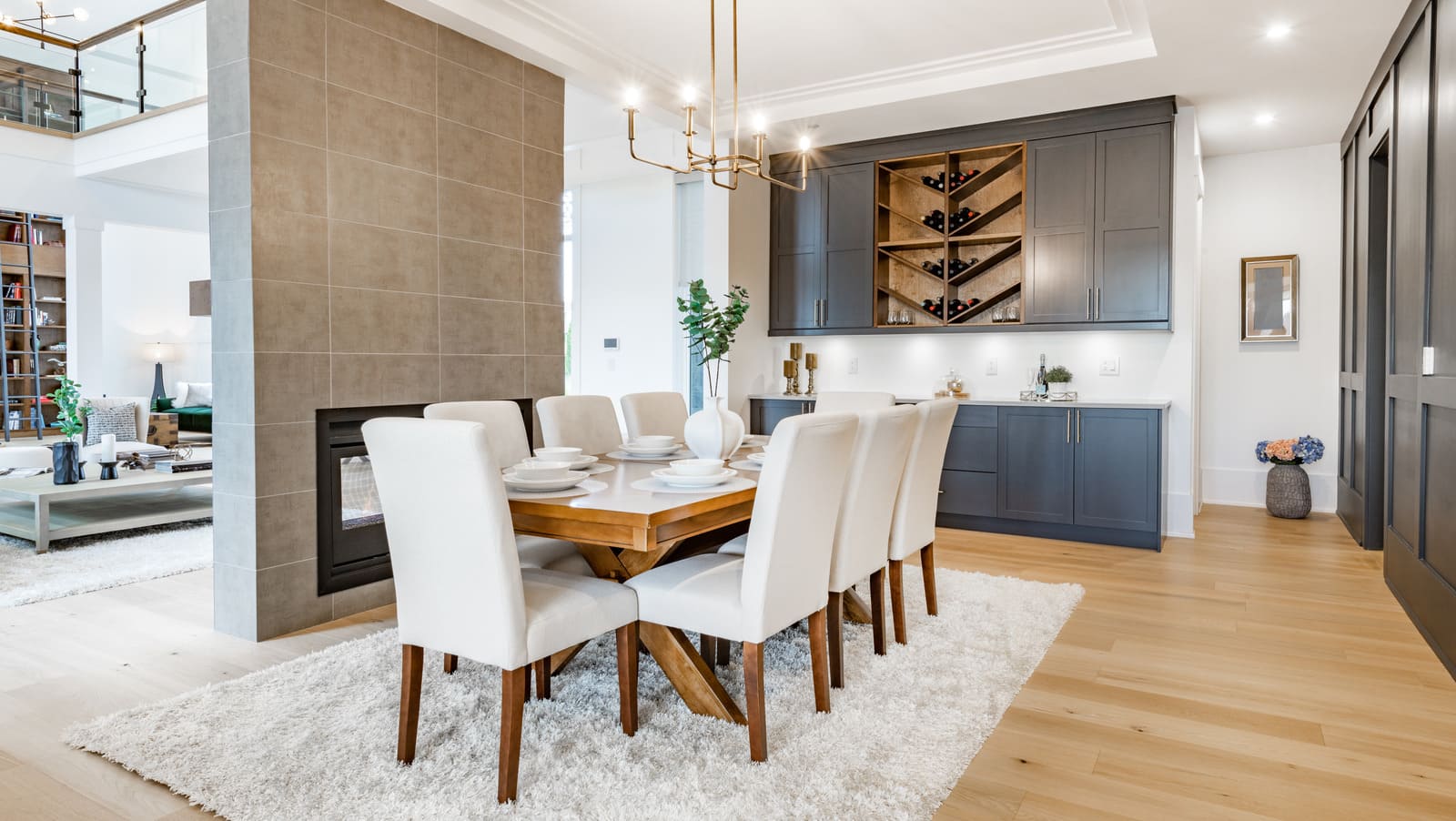
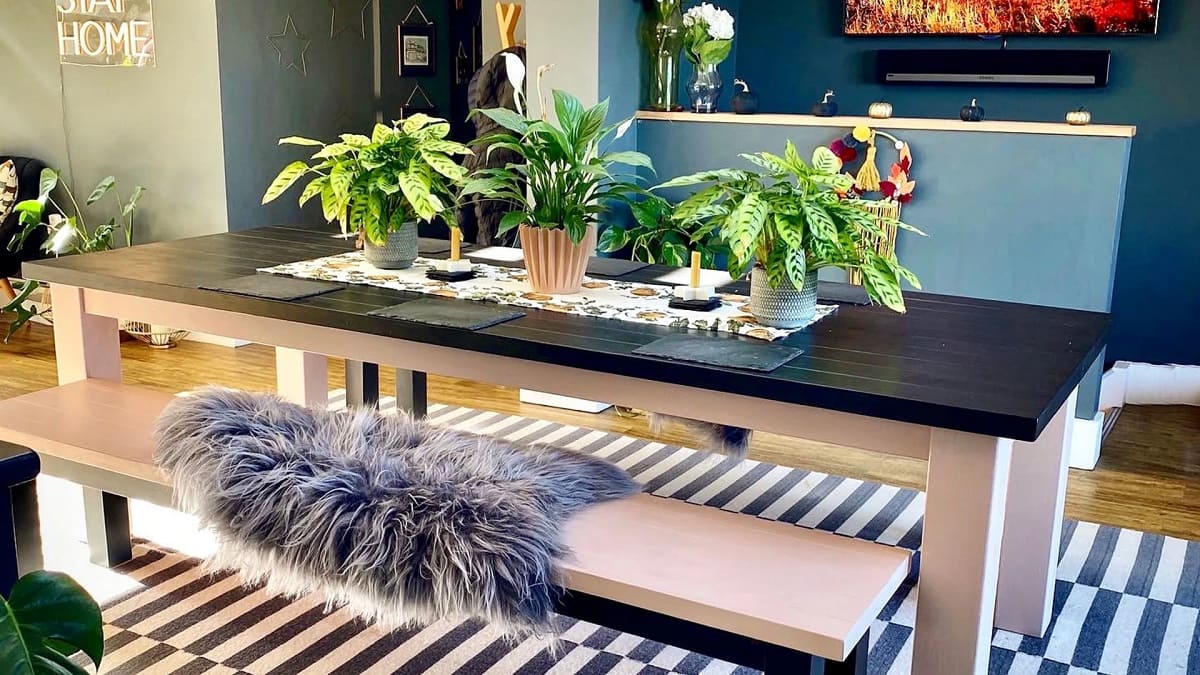
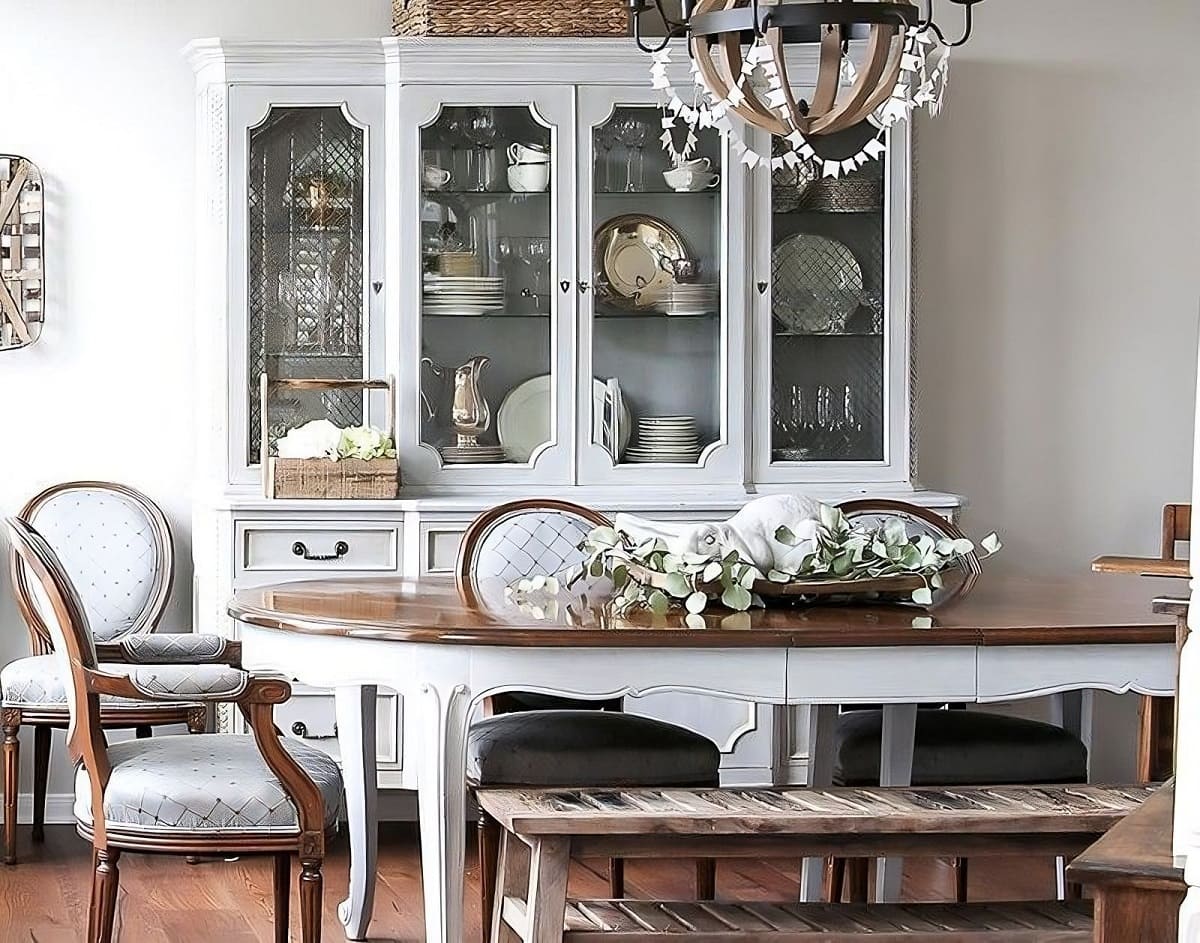
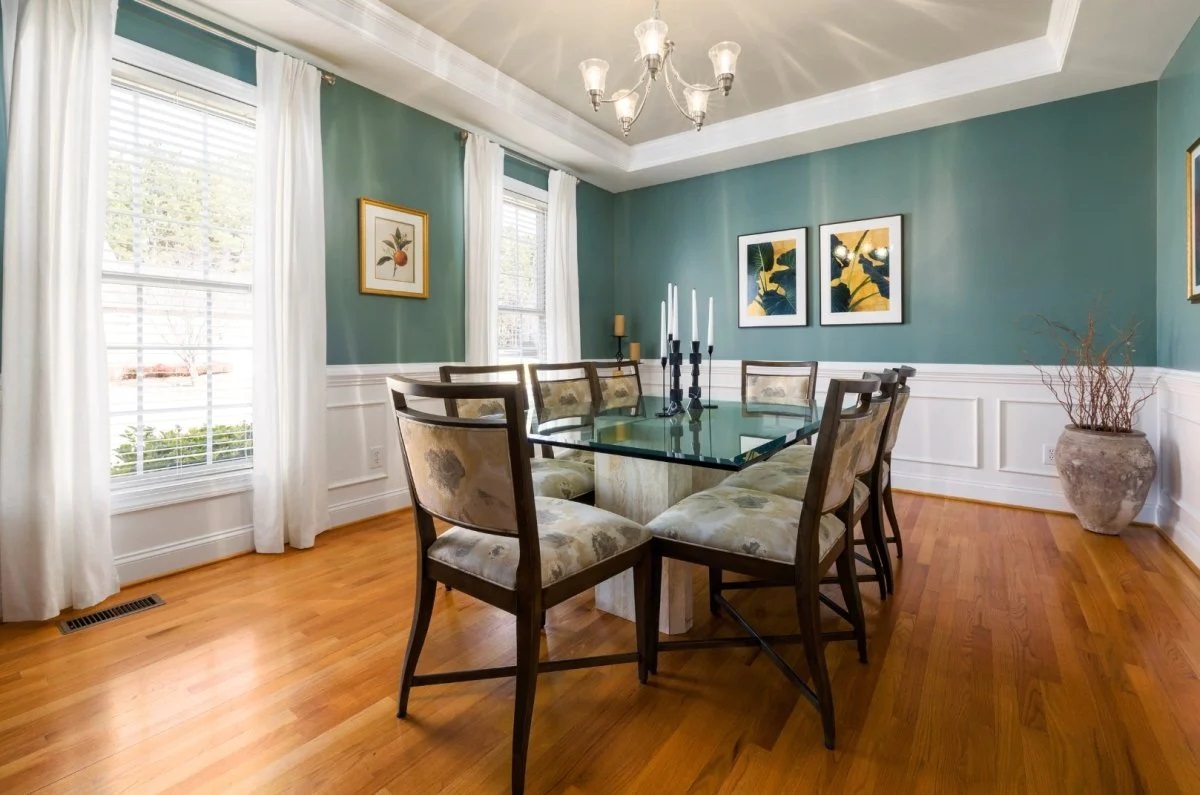
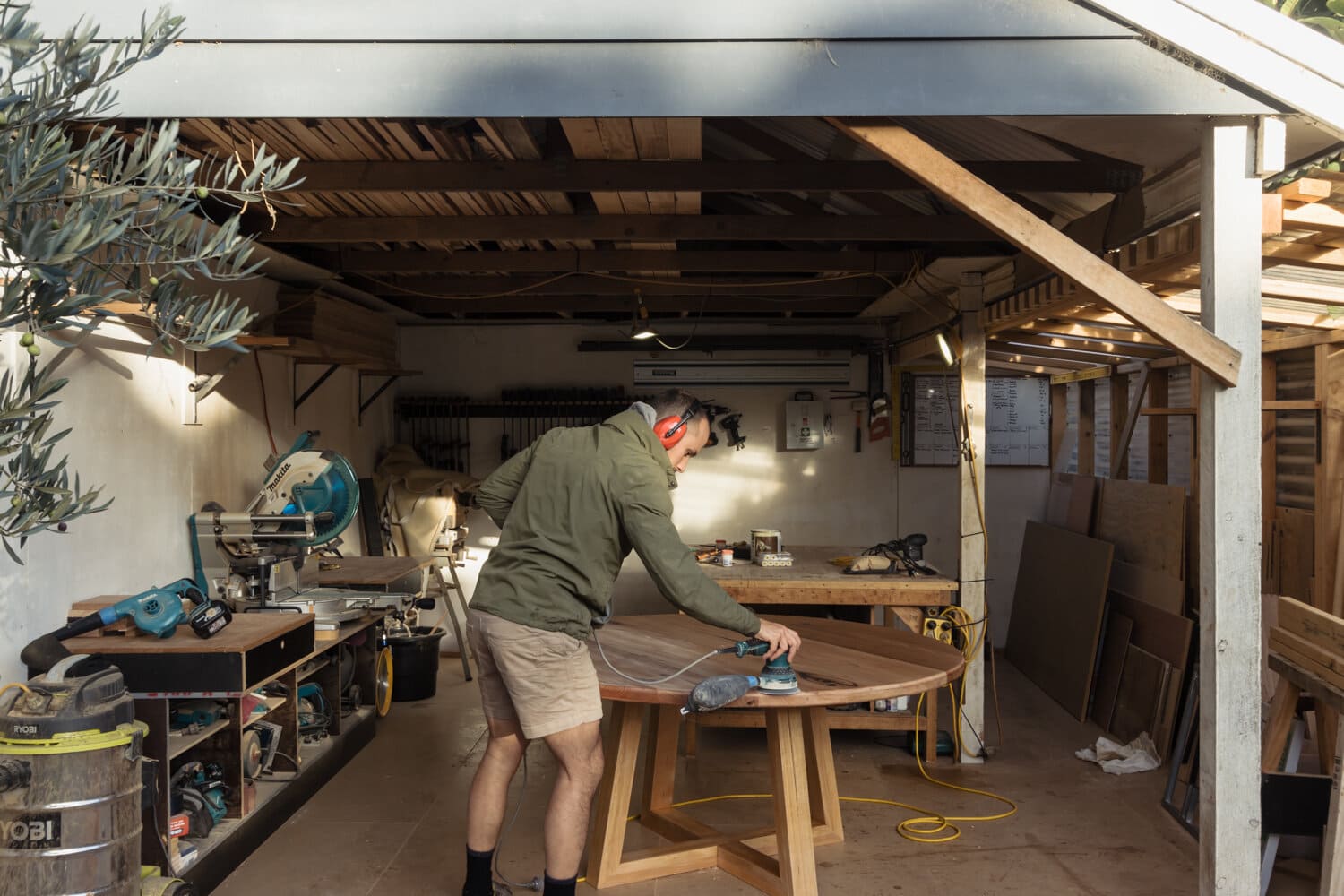
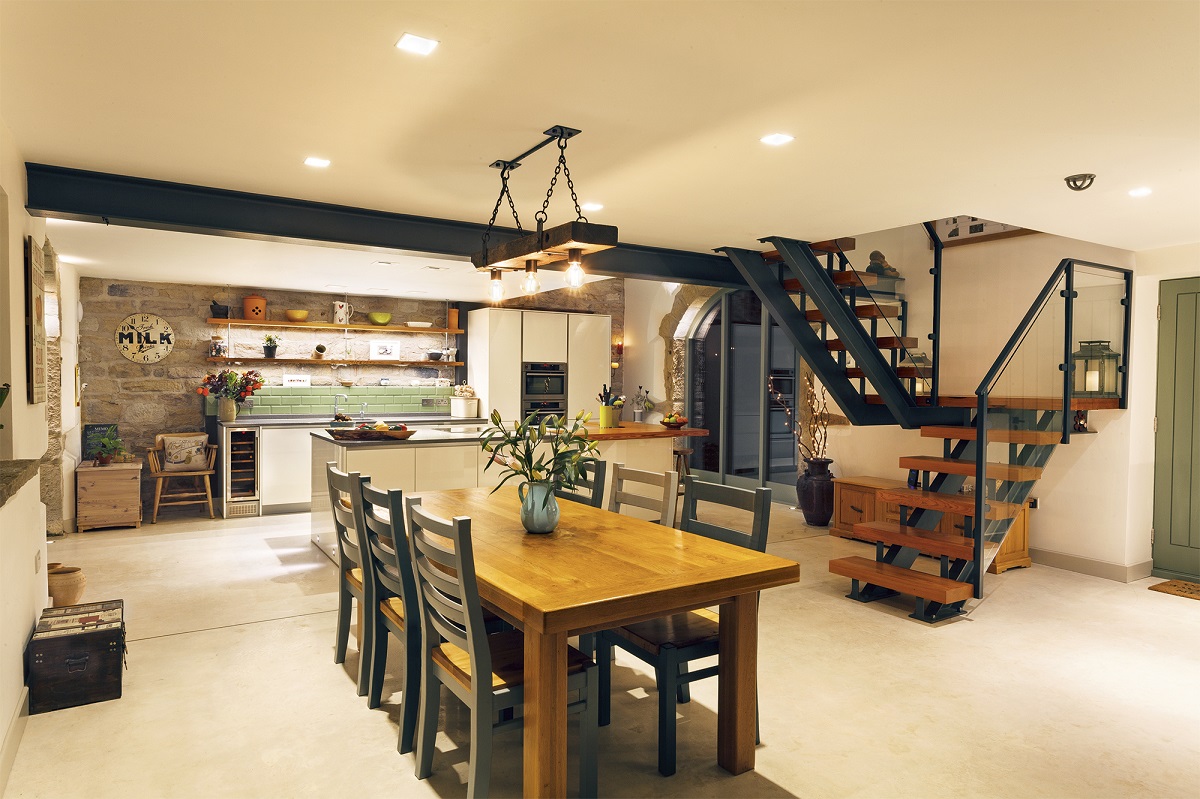
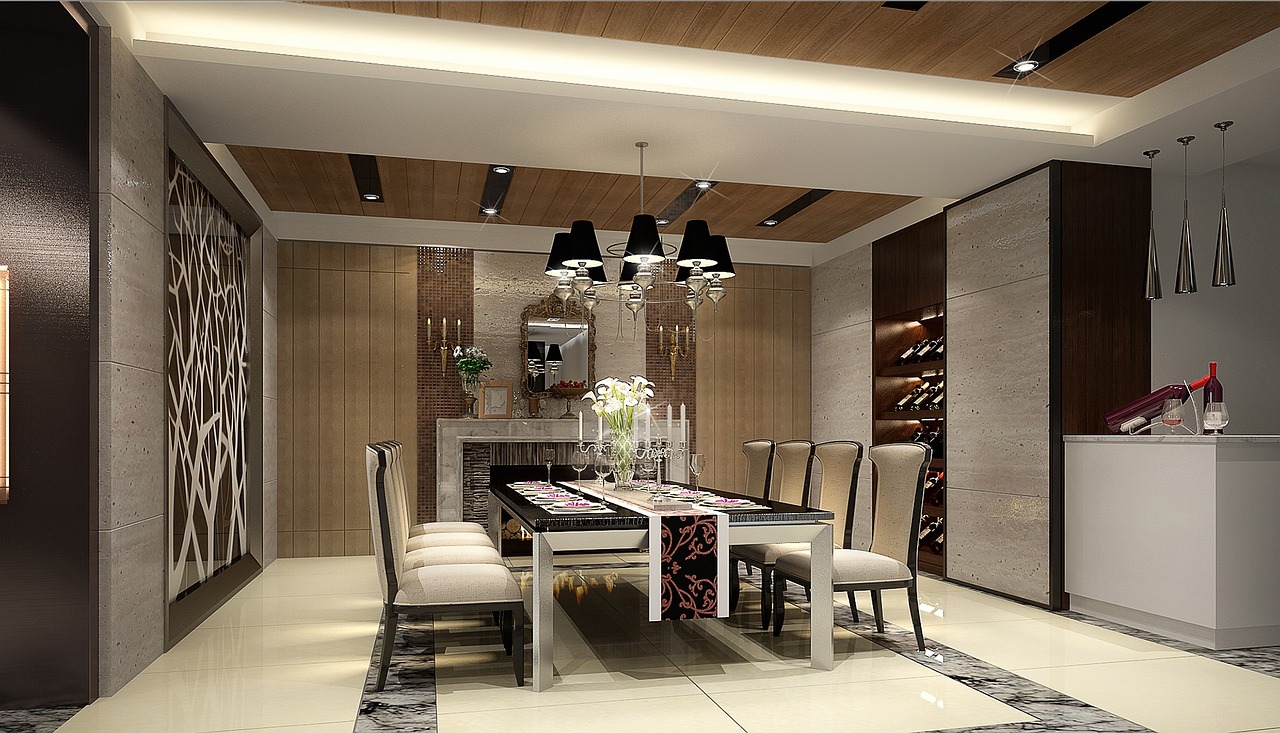
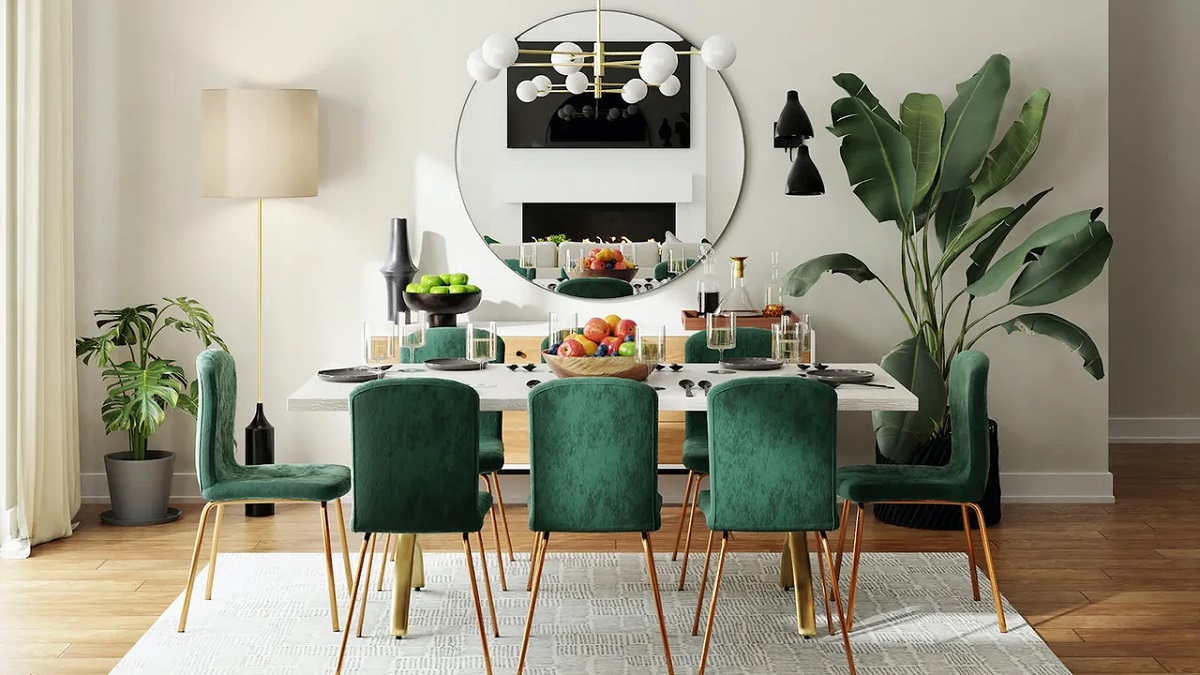

0 thoughts on “How To Protect Dining Room Table”